Deputy Editor-in-Chief of Long An Newspaper and Radio and Television Station - Chau Hong Kha chaired a meeting with the Tan An City Young Entrepreneurs Association on coordinating propaganda.
From challenging the autonomous mechanism to the desire to break through
Once guaranteed a budget by the state, in recent years, Long An Newspaper and Radio and Television Station (PTTH) has entered a period of financial autonomy according to a common roadmap. The new mechanism dynamically empowers; at the same time, it also creates no small amount of pressure.
As operating costs continue to increase, while traditional revenue, especially from print media, has significantly decreased, and television advertising competes with social media , the economic problem facing each press agency is no longer a matter of the future but a matter of the present.
Currently, the unit's revenue mainly comes from propaganda activities, live television, sponsorship contracts, advertising, infrastructure rental, copyright sales, print newspaper distribution, etc. Although the radio and television segment achieved revenue of about 45 billion VND in 2024 - a very encouraging number, the print newspaper segment is facing many difficulties: Circulation is "stagnant", advertising is shrinking, while readers are increasingly shifting to digital platforms.
Journalism Economics: Can't Wait
We believe that if we still think of journalism as relying solely on budgets and not orienting the development of journalism economics, it will be difficult to survive in the current competitive context. Journalism economics, in short, is all activities that create resources to sustain and develop a press agency. It is not only money but also mechanisms, people, technology and flexible operations in the direction of the market while still maintaining the political orientation, principles and purposes of the Party press agency.
In reality, as print media gradually shrinks, digital advertising is dominated by technology platforms. If the press does not innovate its business thinking, it will sooner or later fall behind. There are units with very good content but lack resources to invest in technology and marketing, leading to difficulty in reaching readers and the market.
It is time for journalism to be seen as an economic sector: with products, markets, investments and revenue. We call it “doing journalism as a specific business”.
Untie the "knot" from the inside
Reporters working in the digital journalism environment
On the transformation journey, Long An Newspaper and Radio and Television Station started with the human factor. A number of journalists, reporters, and editors of the unit have not yet truly adapted to the digital journalism environment. The lack of multi-platform content production skills, visual and technological storytelling skills, along with the absence of a specialized marketing and content business team, are significant barriers in the transformation process.
In terms of technology, the infrastructure system still has many shortcomings: The converged electronic newsroom software is not yet synchronized (under investment), data analysis is limited, and the content distribution platform is still dependent on external sources. In addition, the post-merger organizational model is still "lacking but having excess", leading to delays in coordination and implementation of new ideas - digitizing the publishing, broadcasting, and unit operation processes. It is impossible not to mention the "wait and see" mentality that still exists among a number of civil servants - something that any innovation must overcome.
Content-driven, creativity-driven
In each genre of each type of newspaper, content is still the core. We determine that only quality content, newness, orientation, dissemination, suitability and touching the real needs of the people can retain the public. When there is good content, the opportunity to exploit advertising, fees or sponsorship is feasible.
In recent times, the unit has organized many specialized training courses for journalists, reporters, editors, and technicians, focusing on multimedia journalism skills, visual storytelling, using social networks, and digital content production thinking. The Editorial Board also encourages journalists and reporters to engage with reality, exploit stories from the people, and serve the needs of local readers. We do not just report news, but we do it by listening, sharing, and connecting - so that readers can see themselves in every news line, every film, and every story.
Connecting resources - Spreading value
In the development roadmap of the press economic model, the companionship of relevant parties is indispensable. First of all, the State plays the role of creating a favorable legal corridor and supporting policies for the development and digital transformation of press. Next are technology enterprises, strategic partners providing infrastructure platforms and accompanying content creation. And most importantly, readers, loyal information consumers, are the center of all content and business model innovation.
Only when journalism creates real value for readers, convincing them to pay, will businesses be willing to sponsor and a sustainable cash flow be established.
The future comes from within
Looking forward, Long An Newspaper and Radio and Television Station are determined to continue promoting comprehensive digital transformation, from content production to operating model, from organization to tools. We will focus on in-depth content, multimedia products, new interactive platforms such as podcasts, short videos, personalized digital newsletters, content linked to reader data, connecting different types of newspapers,... to better serve the public.
We aim to build a press model that is financially autonomous, professional in organization, proactive in technology and creative in content. Above all, we still maintain the identity of revolutionary journalism: the voice of the Party and government and a "bridge" and forum for the people.
There is no fixed formula for the breakthrough of the press economy, but one thing is certain: The press cannot continue to follow the old path in a changed world. As technology changes, readers change, the press must also change to become more powerful, more flexible and closer to the people.
On the 100-year journey of Vietnamese Revolutionary Journalism, we are proud to be a small part of that great flow, striving every day to be worthy of the trust of the Party Committee, government and people of Long An./.
Deputy Editor-in-Chief of Long An Newspaper and Radio and Television Station - Chau Hong Kha
Source: https://baolongan.vn/kinh-te-bao-chi-can-luc-day-de-but-pha-ds-22-23--a197397.html





![[Photo] General Secretary To Lam attends the opening ceremony of the National Achievements Exhibition](https://vphoto.vietnam.vn/thumb/1200x675/vietnam/resource/IMAGE/2025/8/28/d371751d37634474bb3d91c6f701be7f)
![[Photo] Red flag with yellow star flutters in France on National Day September 2](https://vphoto.vietnam.vn/thumb/1200x675/vietnam/resource/IMAGE/2025/8/28/f6fc12215220488bb859230b86b9cc12)
![[Photo] Politburo works with the Standing Committee of Cao Bang Provincial Party Committee and Hue City Party Committee](https://vphoto.vietnam.vn/thumb/1200x675/vietnam/resource/IMAGE/2025/8/28/fee8a847b1ff45188749eb0299c512b2)
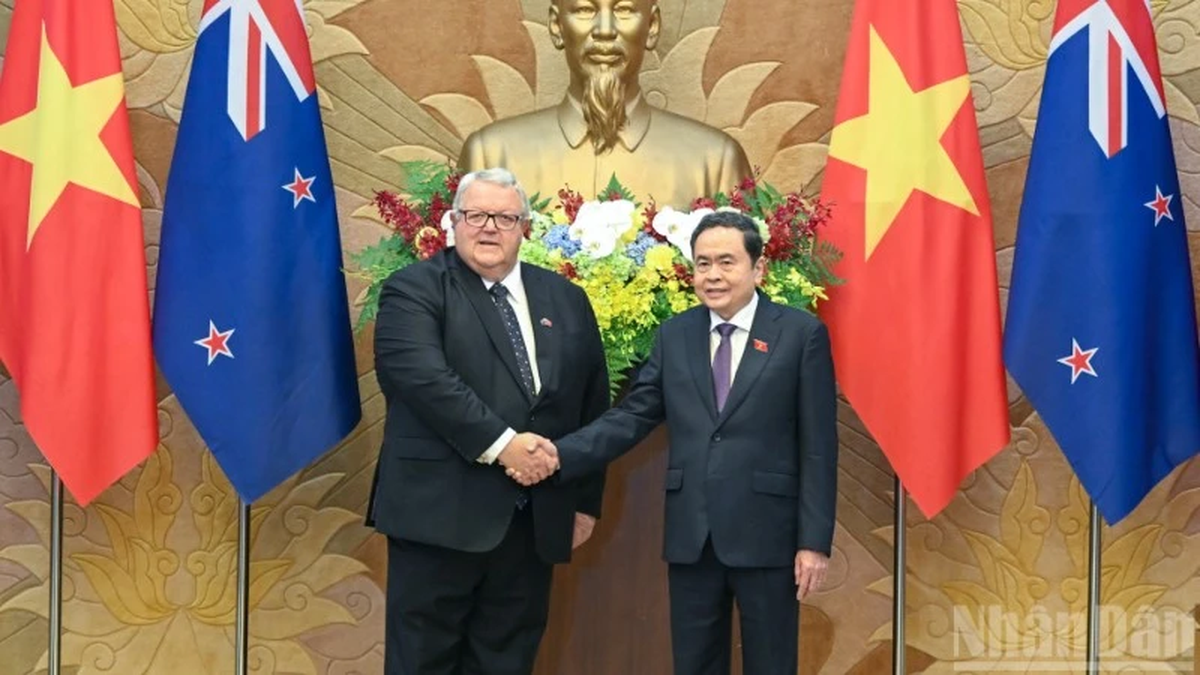
![[Photo] General Secretary To Lam presents the 45-year Party membership badge to comrade Phan Dinh Trac](https://vphoto.vietnam.vn/thumb/1200x675/vietnam/resource/IMAGE/2025/8/28/e2f08c400e504e38ac694bc6142ac331)
![[Photo] Prime Minister Pham Minh Chinh meets with Speaker of the New Zealand Parliament Gerry Brownlee](https://vphoto.vietnam.vn/thumb/1200x675/vietnam/resource/IMAGE/2025/8/28/cec2630220ec49efbb04030e664995db)
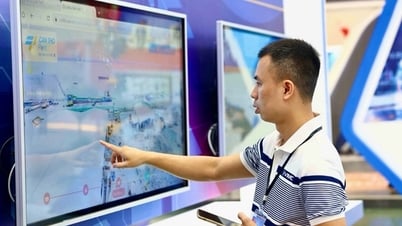

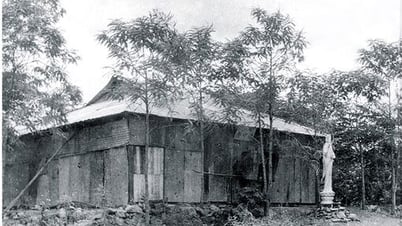
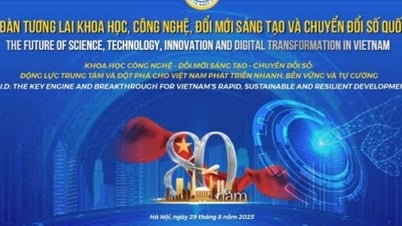



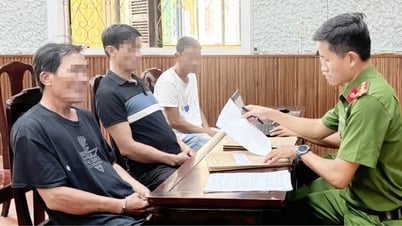

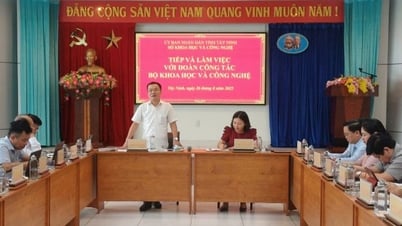


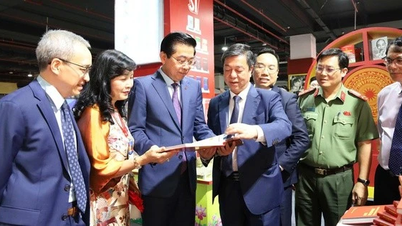

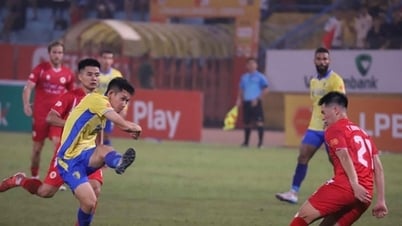

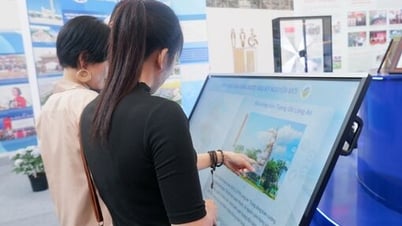


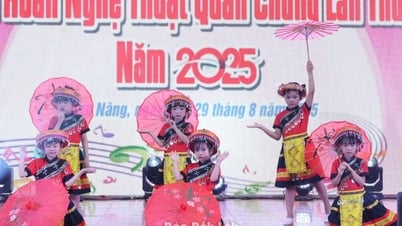

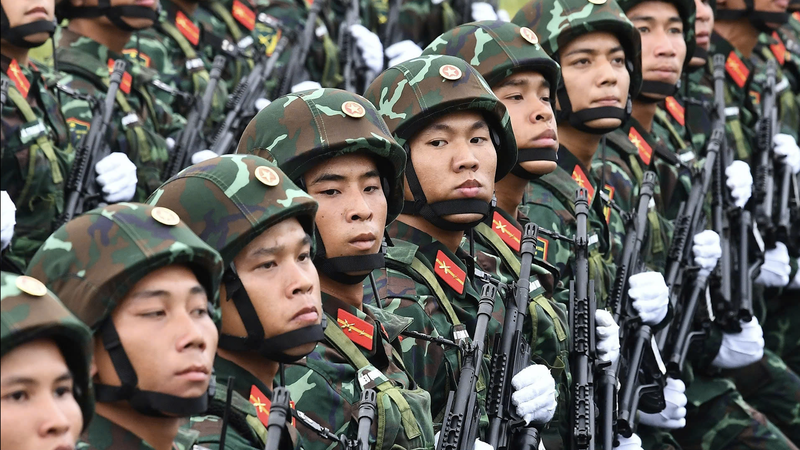



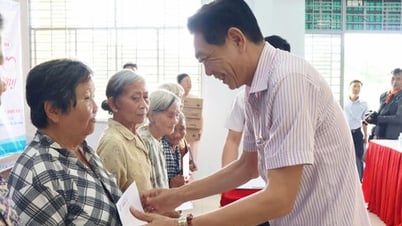
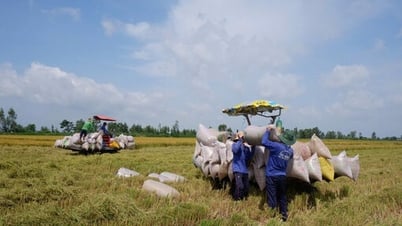
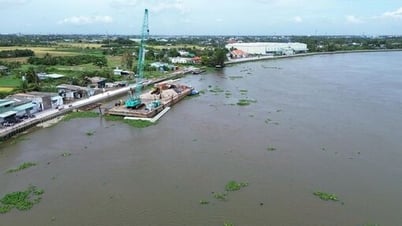
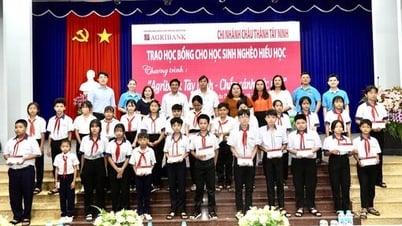
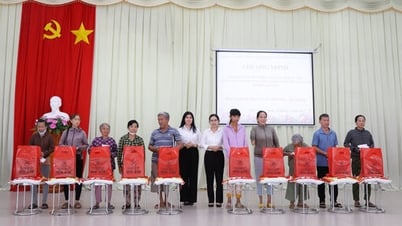


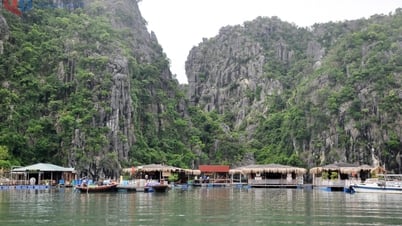
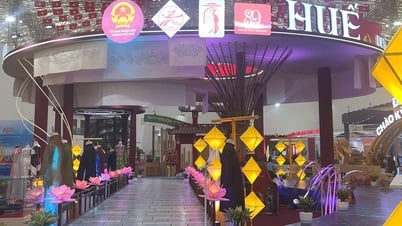









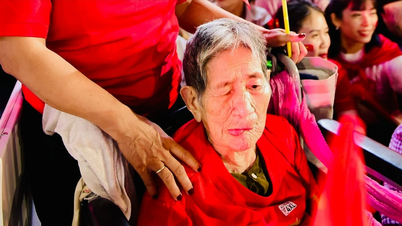

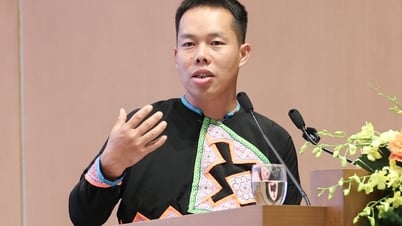

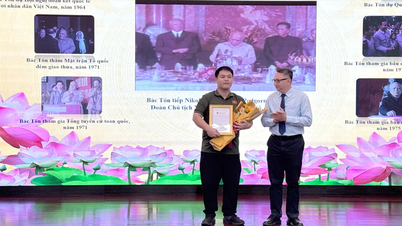

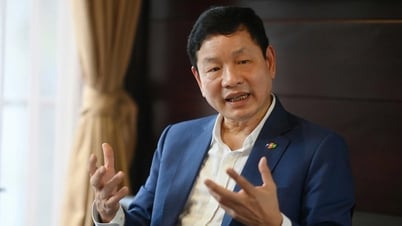

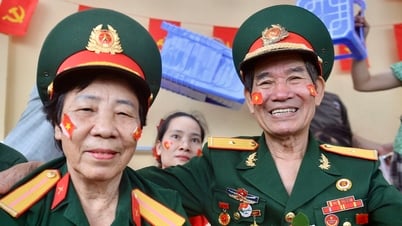
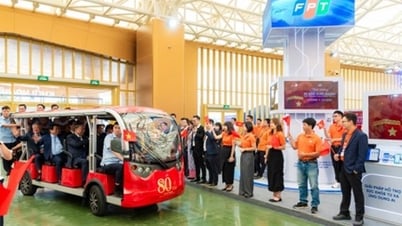


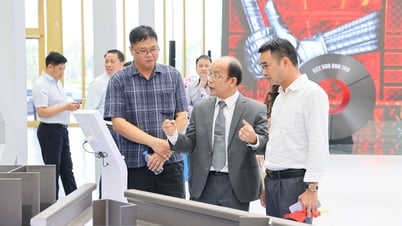
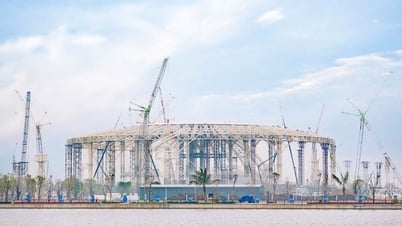
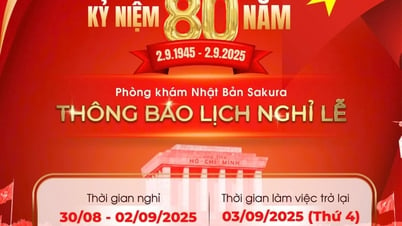
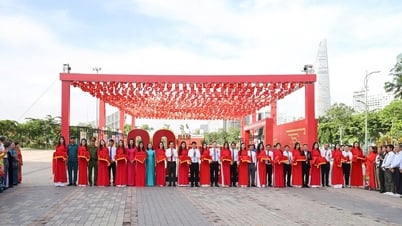
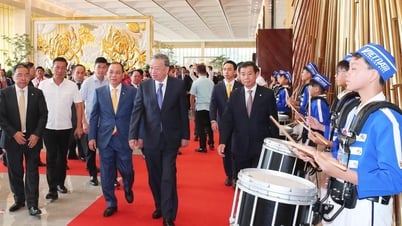


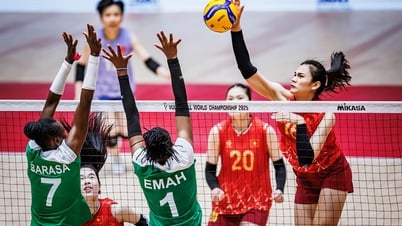




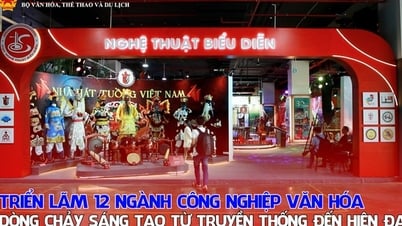




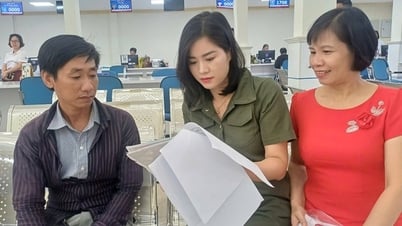
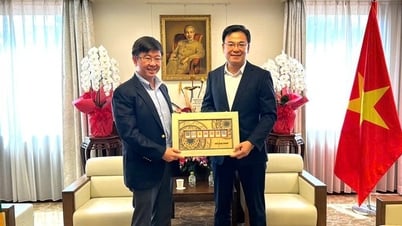
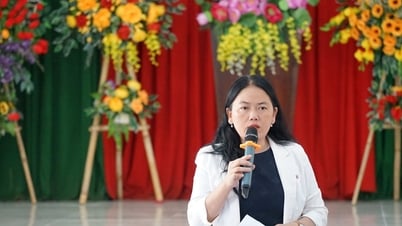

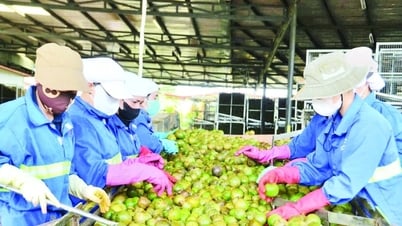
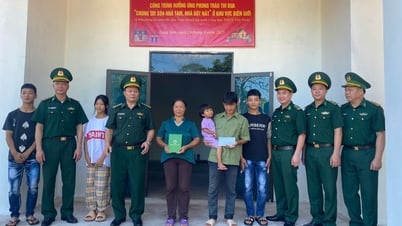


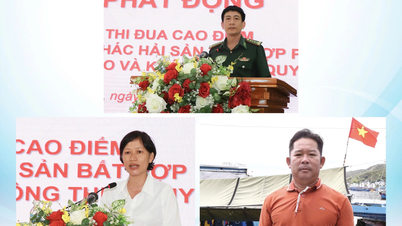

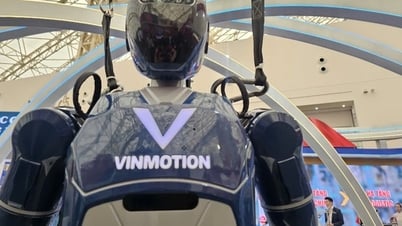

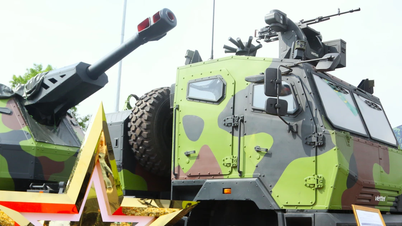

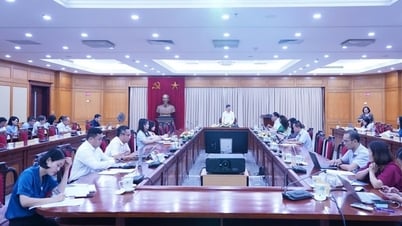
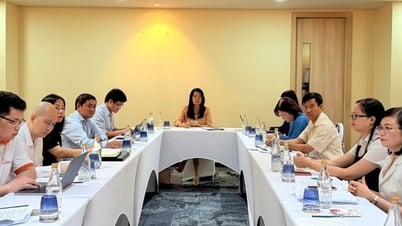
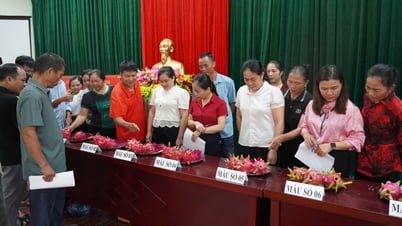

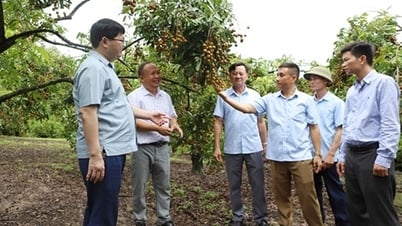


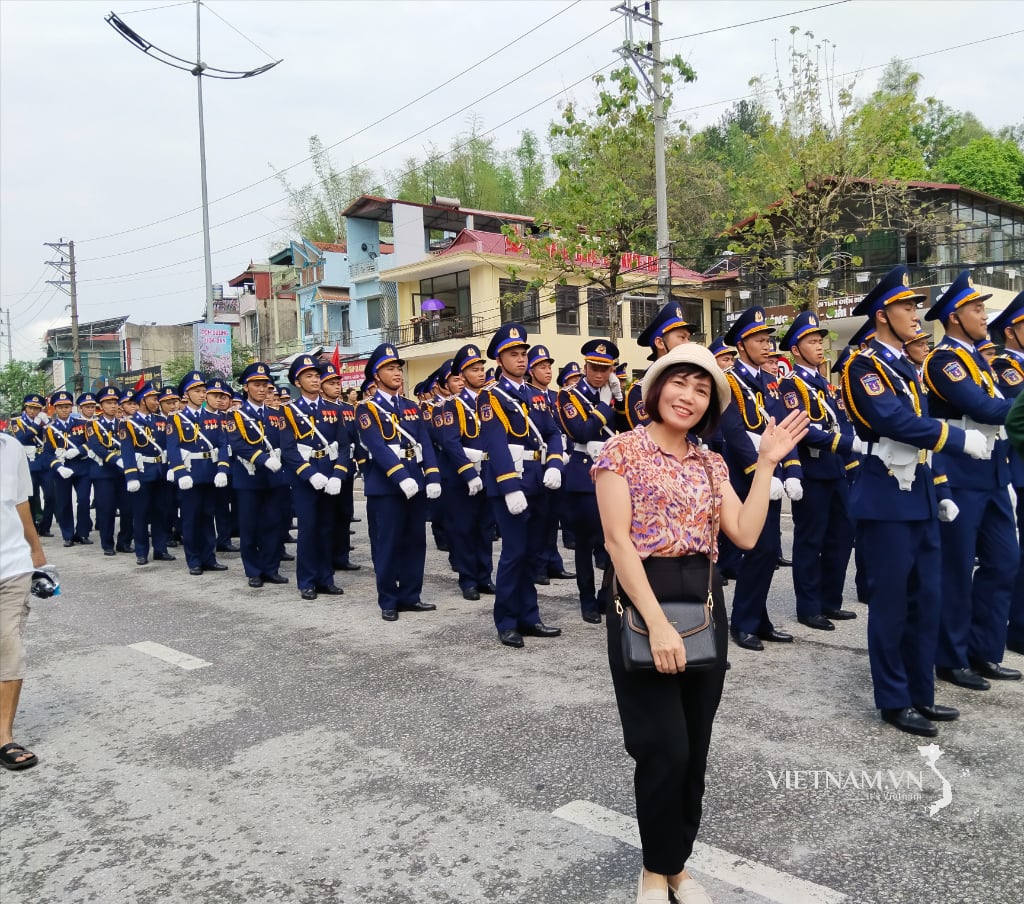
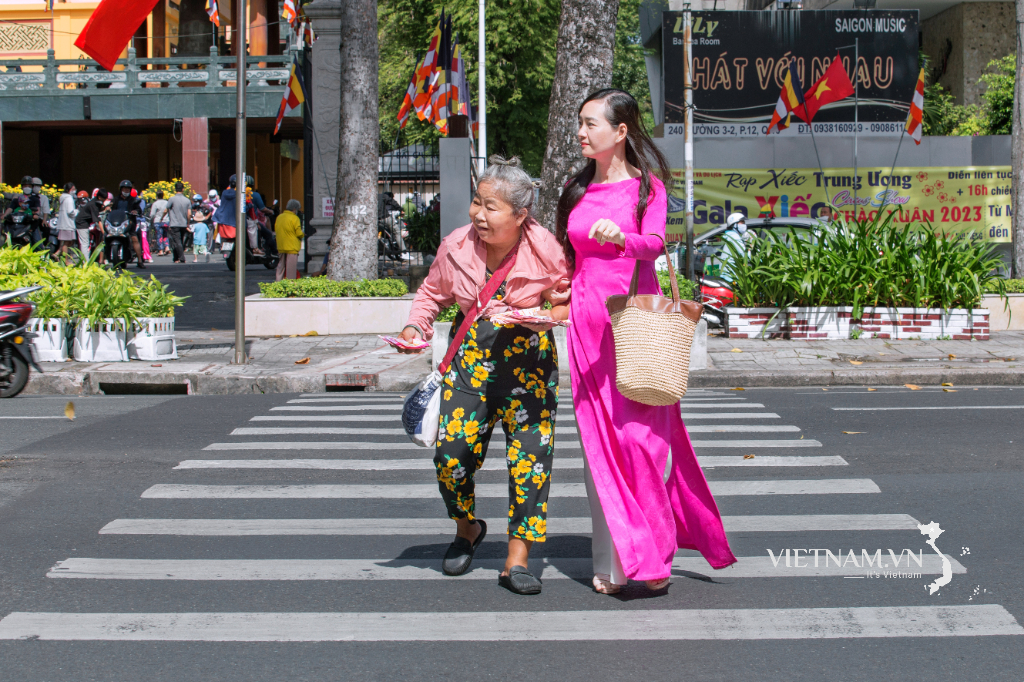

Comment (0)